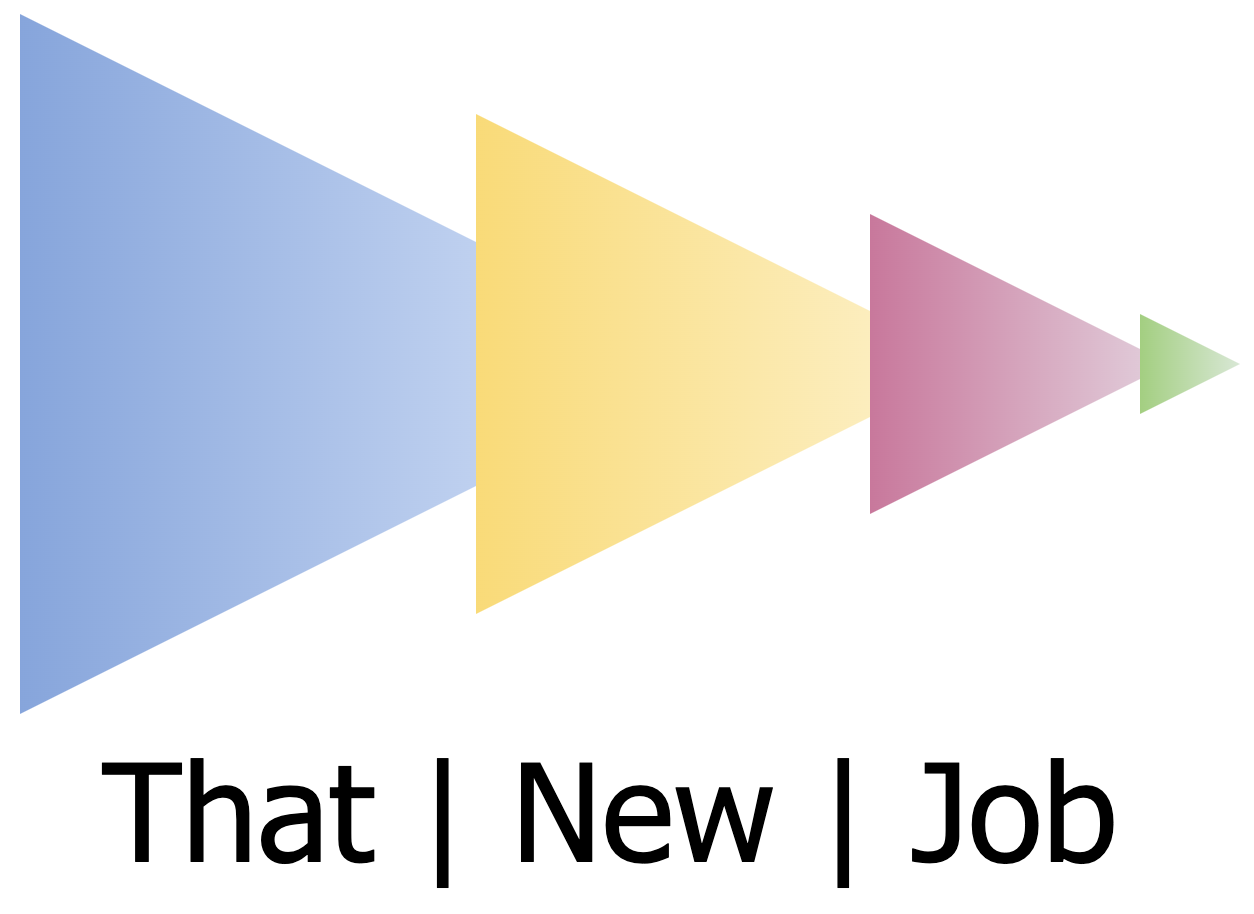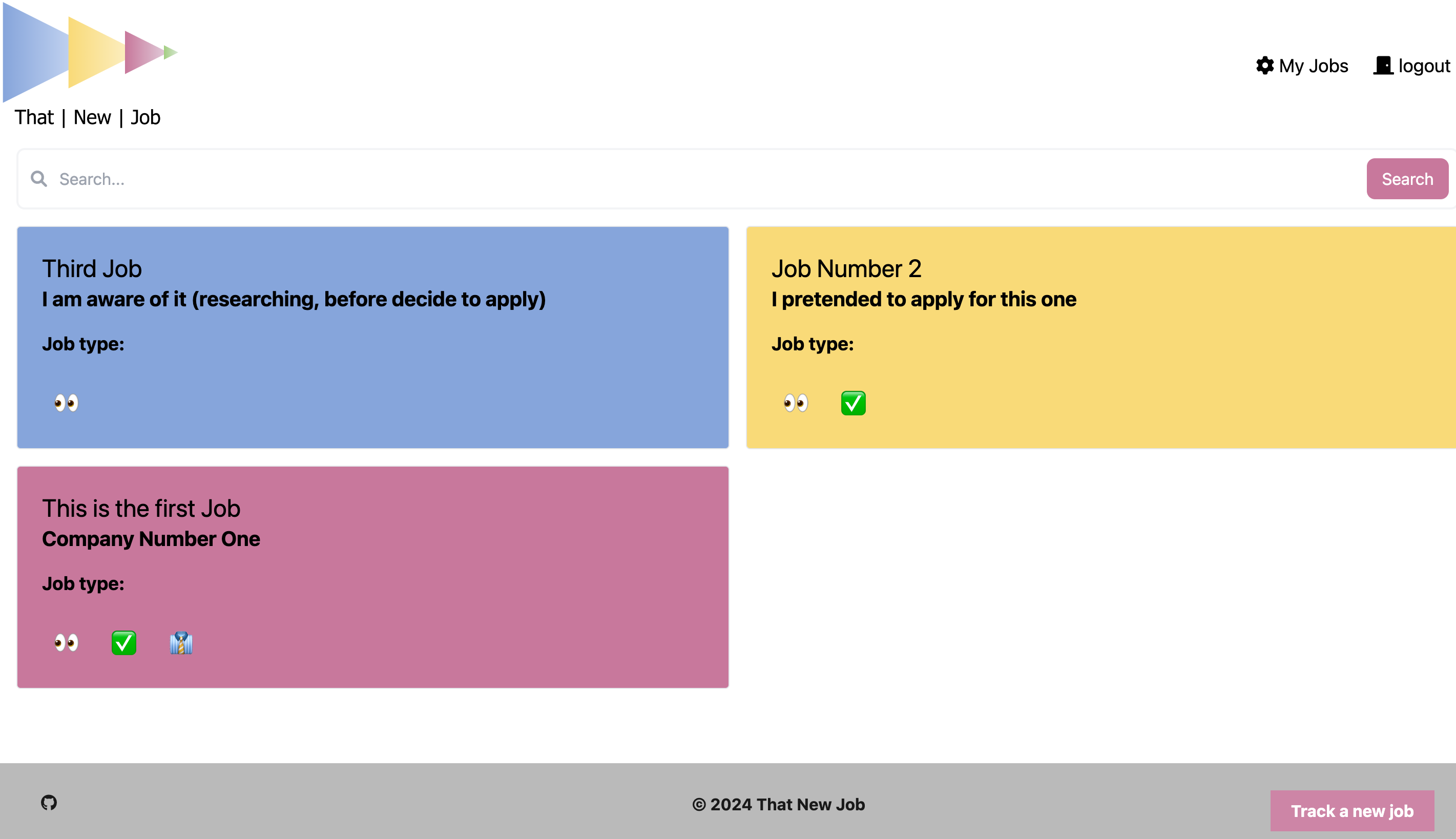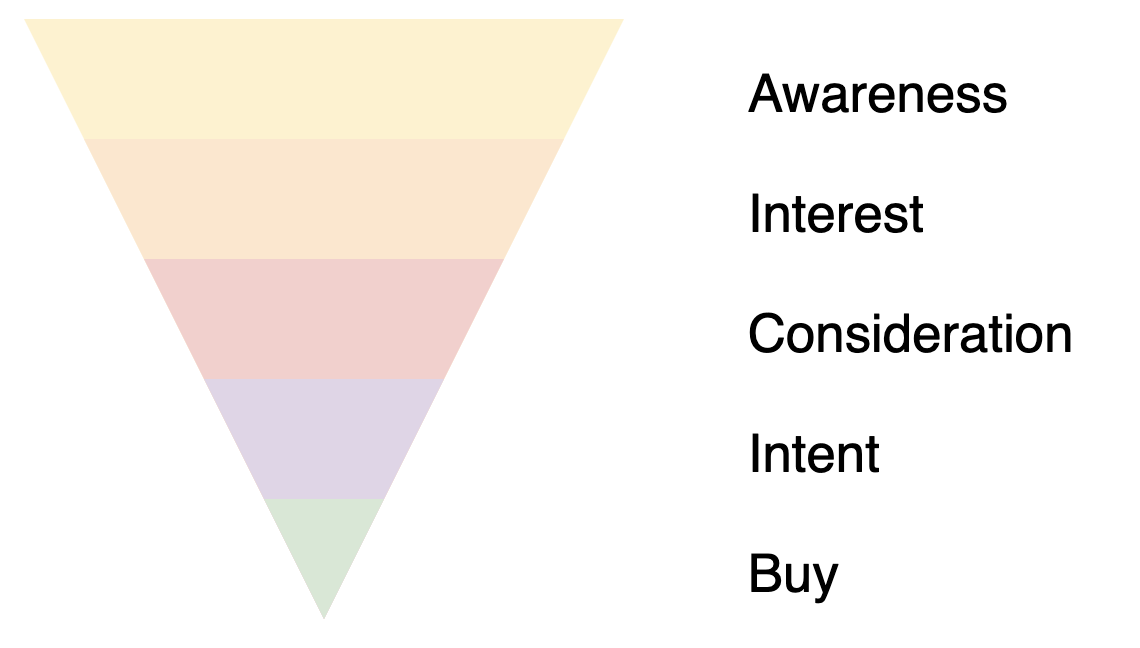
That New Job
That New Job
If, like me, you are one of the many that are currently looking for a new job then you are probably searching for opportunities across multiple sources such as job sites, agencies, LinkedIn or with potential employers directly.
If you live in some strange ideal world where you can source and apply for all of your job opportunities through a single platform, first, I am jealous and second, this is probably not the project for you.
However, if like most of us, you find that some applications go through one platform, some another, some are just an emailed CV and cover-letter to an employers recruitment team, tracking all of those applications can become a little tricky.
Don’t get me wrong, the only jobs we really care about are the ones that are at least offering us an interview or even better, making an offer. However, if, like me, you want to now more about your job seeking journey, then this might be a project you want to check out.
That New Job
That New Job is a job tracking service I built so that I can track all of the many jobs I’ve applied for. It was built for me and likely needs input from others to help me build something that fits a wider audience, but the basic idea plays out like so:

- A registered user signs in
- They can create new prospects (describing as much about the job as they want)
- They indicate status (Aware, Applied, Interview, Offer)
- The Status of the job dictates the colour of the card giving a visual overview of where you are in that process
How much detail you put into any of the activities is up to you, this is for you to track your job prospects. If you want to keep Interview Notes, Feedback received, the name of the Employer, the names of the interviewers, etc, that’s all for you to make that choice.
The way I see it is that if you have interview notes, perhaps you mention a technology or project in the interview and you record the names of the interviewers, you could use that information to send a follow-up email to say thanks for the interview opportunity and here’s a link to the project you mentioned. Or perhaps you want to only record the very minimum of details, that’s also fine.
The Funnel
If you are ‘in’ or have worked with people ‘in’ Sales, you may be familiar with the Sales Funnel, Marketing Funnel or Conversion Funnel, and if not, well there are different takes on it, but it essentially describes a model that takes a lot of data (potential buyers) in, then through a number of steps, this large volume of data (potential customers) is whittled down to a qualified buyer. After all, making a sale can be expensive in terms of both time and sometimes all the little extras that sales folk throw in to sweeten a deal. There is no point taking the Network Engineer out for dinner at the races or to your private box at the local football ground if that person has no ability to sign-off on buying your product for example.
The idea is that the junior sales people might make the initial cold calls or deal with inbound requests, trying to figure out just how likely this interaction will make it to a purchase, as the potential buyer is identified and understood, the more expensive (senior) sales people take-over that process and push for a final deal.

Recruitment
Recruitment is very similar to Sales, it’s just that you’re the product and the Hiring Manager is the qualified buyer. That Hiring Manager is likely a busy person and more often than not, they’re probably quite expensive in terms of salary etc. Therefore you don’t want this person to field a thousand CVs for lots of reasons, not least, the time they spend on that is time they are not spending on other activities they’re expected to perform.
I don’t mean to suggest that the Talent team are cheaper than the Hiring Manager, I’ve been a very low paid Hiring Manager in some of my earlier roles and I very much doubt that the Talent team were earning less than me, but I may be wrong of course. That said, the Talent team have skills and experience that the Hiring Manager doesn’t have. They also, likely, have access to tools and resources that the Hiring Manager doesn’t have. This means that they can do the initial ‘qualification’ checks on potential candidates quicker and with more expertise than the Hiring Manager.
So the Talent team will act like the company marketing department, they build awareness of the Company, the Roles, the Perks etc. They know where to look for candidates and they know how to deal with unsolicited calls from agencies etc.

How does this project help?
I don’t have a secret route through the Recruitment Funnel, that isn’t what I’m offering, I am simply offering you a way for tracking your many job applications. I took the idea of the recruitment funnel as the basis for how I would track my own applications, imaginging them passing through various stages in the recruitment journey. I simplified the funnel somewhat, at least in the current incarnation, to the following stages:
- Awareness (you have seen a job you’re interested in)
- Application (you bit the bullet and threw your hat into the ring)
- Interview (you are a qualified product, the buyer is definitely interested)
- Offer (winner winner, but, what if you get multiple offers, can we help you qualify them?)

Cost & Privacy
This is a completely free service, it won’t cost you anything to use, though it does cost me to host it. I have no plans to sell your data and indeed, you may recall that all the information you provide is as detailed or as fake as you wish, therefore the value in that data is somewhat limited to your email address. We’re not trying to take on LinkedIn or any other job searching platform, I’m just trying to find a way of consolidating the activities I (and maybe you) undertake on any number of platforms.
Get Involved
I initially built this for me but as an aspiring career changer, I am in communities that expose me to the fact that there are a lot of people out there that are trying to land a new, or even a first, job. Therefore I decided to move this from being a thing I run via Docker on my local machine to being a thing that is built in public and available to anyone that might see value in the platform. However, where I built the platform for me, there are things that didn’t bother me, routes through the platform that I just knew because I built the thing, but with potentially more users comes more chance of finding problems and places for general improvement. Therefore in addition to being a build in public project, it is also Open Source.
I don’t know if anyone will want to use the platform or if anyone will want to get involved and if they do, I don’t know how to manage that involvement, this will be a learning journey for me.
Anyone can clone the project and offer changes for the wider platform, alternatively, anyone can clone the project and run it within a docker image on their own machine to keep all that potential data completely private to them.
